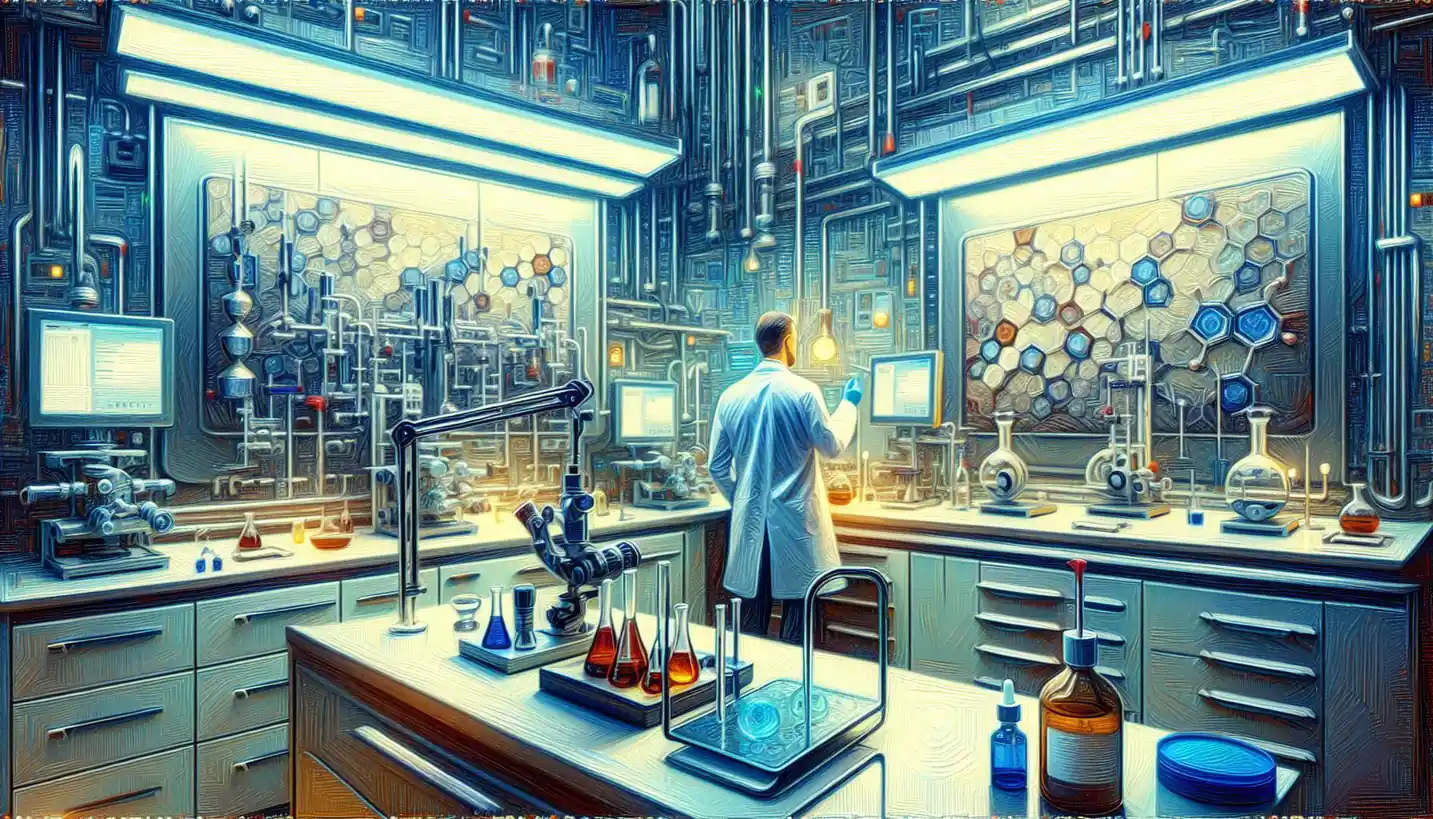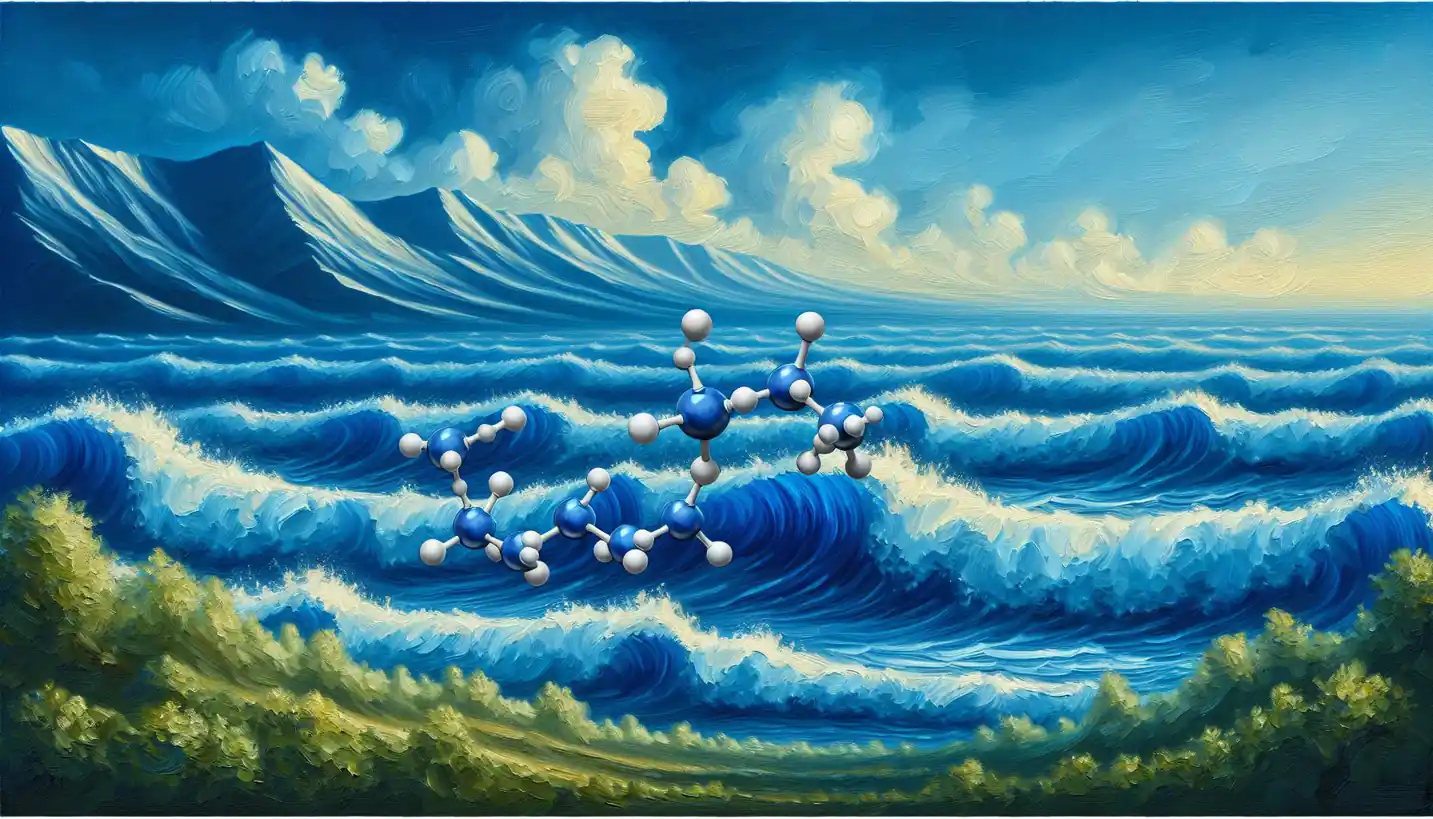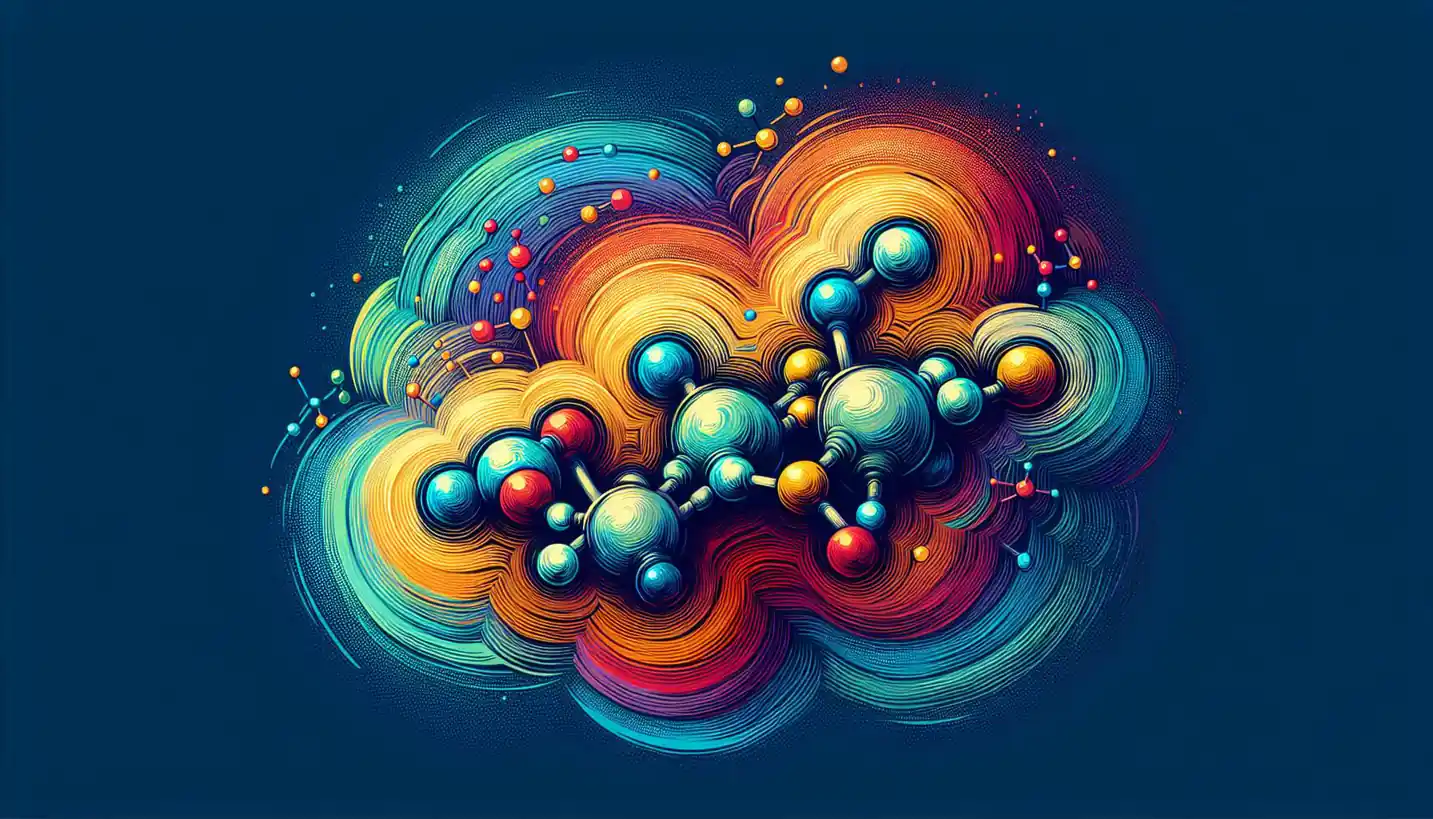· Chemistry · 4 min read
Adsorbate: Unlocking the Secrets of Surface Chemistry
Adsorbate chemistry unlocks secrets at the surface level, pivotal in reactions and material science. Discover how molecules interact with surfaces, impacting everything from pollution control to catalysis.

Picture a sponge soaking up water, and you’ll get a sense of what adsorption is all about. In the fascinating world of surface chemistry, adsorption is when molecules, known as adsorbates, cling to the surface of a solid or liquid. But why does this matter? Well, it plays a crucial role in everything from cleaning the air to developing new materials.
What Exactly is an Adsorbate?
Let’s break it down. When you have a molecule or atom that attaches itself to a surface, that molecule is called an adsorbate. Think of it as a guest settling onto a comfy couch after a long day. The couch here is the “adsorbent,” the surface that does the hosting.
Adsorption is different from absorption, though they sound similar. While absorption involves a substance being fully taken into the volume of another (like water in a sponge), adsorption is all about surfaces. Adsorbates only stick to the outer layer, often creating a thin film.
The Role of Adsorbates in Everyday Life
You might not realize it, but adsorbates are all around you. For instance, air purifiers rely on adsorption to trap pollutants and allergens, making the air cleaner and safer to breathe. Activated charcoal, a common adsorbent, captures impurities like a pro.
In the realm of catalysis, adsorbates play a crucial part too. Catalysts often have large surface areas, and adsorbates cover these surfaces to speed up chemical reactions. Imagine a bustling kitchen where ingredients come together quickly to create a culinary masterpiece.
How Adsorbates Work: The Science Behind the Scenes
At the heart of adsorption are intermolecular forces, those tiny but mighty attractions between molecules. When adsorbates stick to a surface, it’s usually due to van der Waals forces, hydrogen bonding, or even chemical bonding.
Physical adsorption involves weaker forces, much like a gentle hug. It’s often reversible and influenced by factors like temperature. Chemical adsorption, on the other hand, is a stronger attachment involving electron sharing or transfer, akin to a firm handshake.
Real-life Applications of Adsorption
One of the most exciting uses of adsorbates is in water purification. Contaminants like metals and dyes can be effectively removed using adsorbents. Carbon filters in water purifiers are a popular example, attracting unwanted guests like a magnet.
Moreover, adsorbates are key players in the storage of gases, such as hydrogen or methane, which are potential clean energy sources. By sticking these gases to surfaces, we can store them more efficiently and even safely transport them.
Future Prospects and Innovations
What does the future hold for adsorbates? Researchers are continuously exploring new materials with high adsorption capabilities. Metal-organic frameworks (MOFs), for instance, are a hot topic. These compounds have vast surface areas, making them excellent contenders for capturing carbon dioxide from the air.
Another fascinating angle is using adsorbates in environmental clean-up. Imagine being able to remove oil spills from oceans swiftly or capturing greenhouse gases before they escape into the atmosphere. The potential is huge, and advancements in nanotechnology are making these ideas possible.
Why Should We Care About Adsorbates?
Adsorbates might seem like a small part of chemistry, but their impact is big. They’re essential for a cleaner environment, more efficient energy storage, and even medical advancements. Pharmaceuticals often use adsorption to deliver drugs in a controlled manner.
By understanding adsorbates better, scientists can innovate in areas that benefit our health, environment, and technology. It’s like having a key that unlocks countless doors, each leading to a future where we can work alongside nature more harmoniously.
Conclusion: The Hidden Power of Surface Chemistry
Surface chemistry, with adsorbates at its core, is a field full of incredible possibilities. From the air we breathe to the water we drink, these tiny, surface-bound molecules play a vital role in our lives. They are the unsung heroes, quietly making the world better through their sticky nature and underlying science.
Next time you see an air purifier or enjoy a clean glass of water, take a moment to appreciate the adsorbates in action. They might just be molecules on a surface, but their impact is far-reaching and profound. As we look to the future, who knows what other amazing innovations adsorption will bring? One thing’s for sure: the journey into the world of surface chemistry is just beginning.



